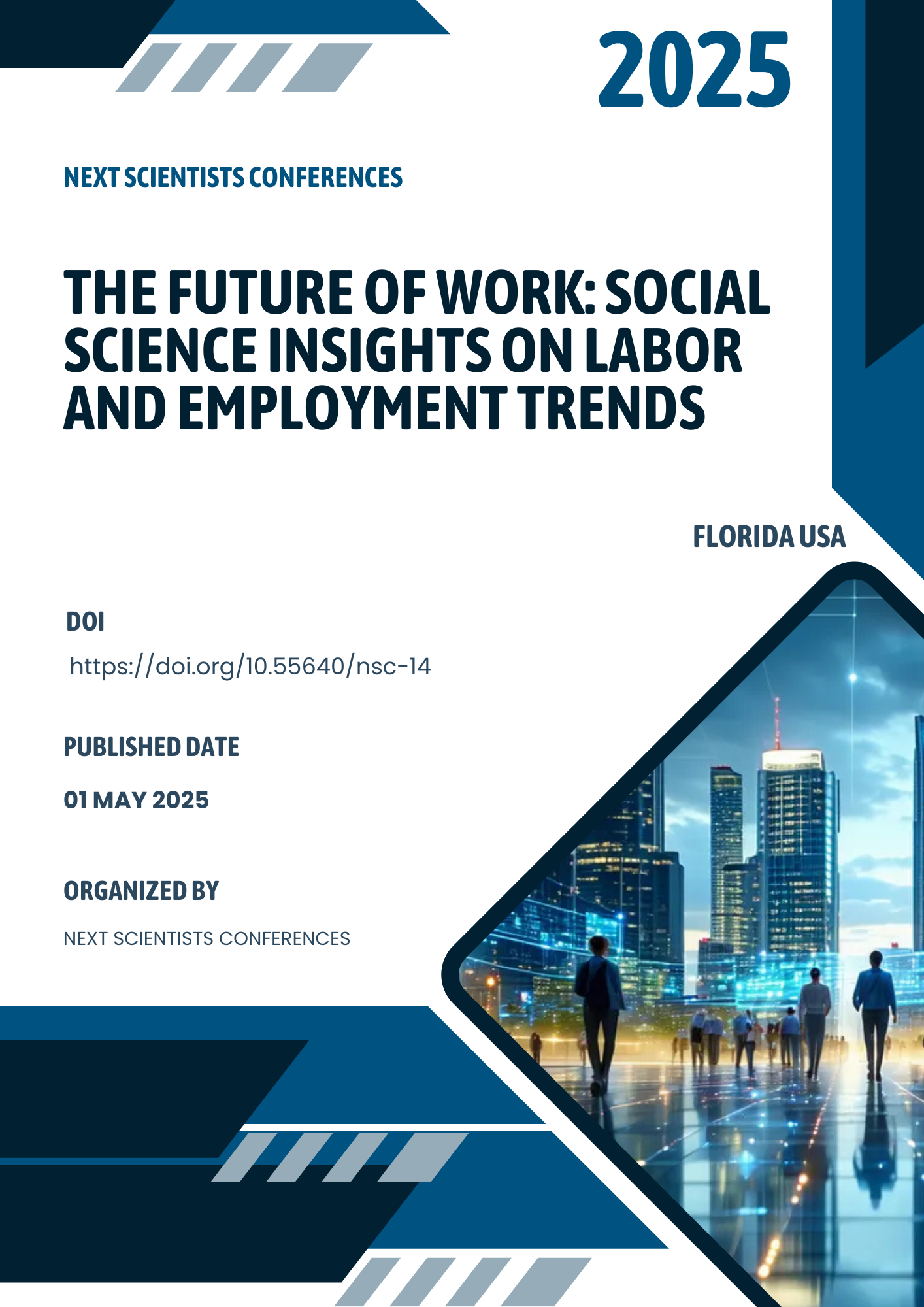METAPHOR AND MIXED METAPHOR IN COGNITIVE LINGUISTICS AND ITS USES
Keywords:
Metaphor, mixed metaphor, cognitive linguisticsAbstract
This article explores the character of Tess in Thomas Hardy's novel Tess of the d'Urbervilles as a tragic figure caught between fate and a rigid Victorian social structure. The study analyzes how Tess's innocence is gradually lost due to societal norms, gender expectations, and the inescapable force of destiny. By examining key moments in her life, the paper sheds light on Hardy’s critique of moral hypocrisy and injustice. The article also discusses Tess as a symbol of purity, resistance, and inevitable downfall, offering a deeper understanding of Hardy’s social and philosophical worldview.
References
Lakoff, G., & Johnson, M. (1980). *Metaphors We Live By*. University of Chicago Press.
Kövecses, Z. (2002). *Metaphor: A Practical Introduction*. Oxford University
Press.
3. Evans, V., & Green, M. (2006). *Cognitive Linguistics: An Introduction*. Lawrence Erlbaum Associates.
Boers, F. (2000). *Metaphor Awareness and Vocabulary Retention*. Applied Linguistics, 21(4), 553–571.
5. Akhmedova, G. (2019). Cognitive linguistics and metaphor theory. *Philological Issues*, No. 2, 45–51.


